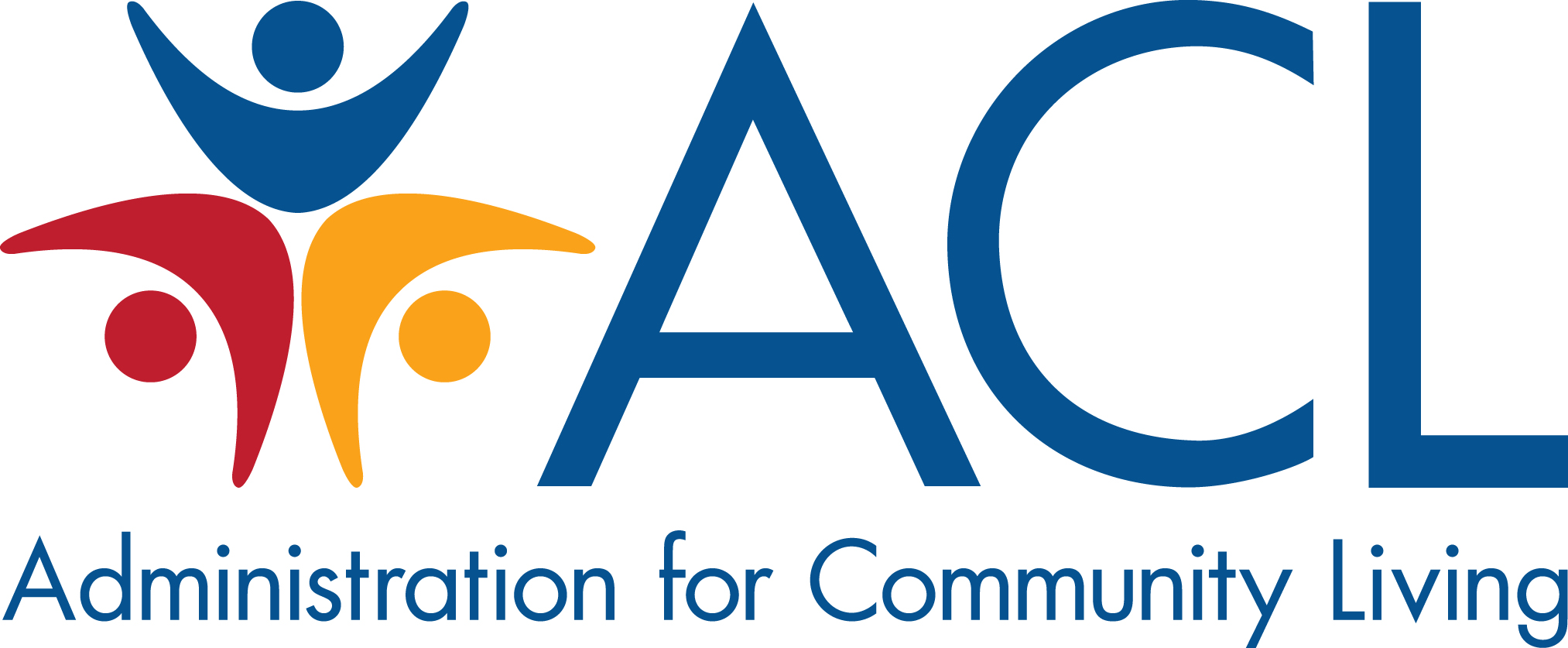By Vicki Gottlich, Director of the Center for Policy and Evaluation, Administration for Community Living
Protecting the Voting Rights of People with Disabilities
By Bonnie Brandl, Director of the National Clearinghouse for Abuse in Later Life
As Sharon Lewis, deputy administrator for the Administration for Community Living (ACL), noted in her Disability Employment Awareness Month blog post earlier this month, working is about more than earning a paycheck. It gives purpose and structure to our lives. In the late 1990s, the Medicaid Buy-In program launched historic changes for workers with disabilities.
By Christopher Coleman, CEO and Founder of the Unconfined Life Institute
By Larissa Crossen, Administration for Community Living Program Specialist
"Let food be thy medicine and medicine be thy food" is as true now as it was in 360 BC when Hippocrates gave this prescription to his patients. Good nutrition promotes health and helps prevent and manage many diseases such as diabetes, osteoporosis, heart disease, and high blood pressure.
Chronic health conditions are, unfortunately, often a part of the aging process. Ninety-two percent of people over age 65 live with at least one chronic health condition, such as diabetes, heart disease, arthritis, or cancer. Seventy-seven percent live with two or more such conditions. Chronic health conditions can create challenges that affect every aspect of a person’s life.
What people say when they greet each other can tell us about their culture as well as their community’s experience. One traditional Mandarin greeting translates into English as "Have you eaten?" Linguists believe this practice probably started when food was scarce and people were often hungry.
Over the course of my service as Assistant Secretary for Aging, one imperative has stood above all others: preventing elder abuse. I talk about it every chance I get, and it is something we all need to talk about. Preventing elder abuse must be part of the national conversation about how we care for older Americans.

